Fall has officially arrived and soon we’ll be firmly immersed in rain and mud season. Landowners with livestock face additional challenges once the Oregon rains arrive in full. Muddy pastures and paddocks can cause health concerns for horses, invite invasive weed problems in the spring, and make chores significantly more difficult.
Prepare now for a better winter for both you and your animals! Our conservation planning staff have free technical resources to help you make the best decisions for your site.
Here are a few things you can do now to protect your animals from health issues related to mud, and help you avoid slogging through a muddy mess. These good stewardship practices will also help protect our many local waterways, safeguarding vital fish and wildlife habitat AND the drinking water supply for many of our friends and neighbors. It’s a win-win situation all around!
- Antes de las mejoras del tejado y las prácticas de gestión del barro
- Después de las mejoras del tejado y las prácticas de gestión del barro
- Antes de que se instalara la zona de uso intensivo.
- Después de la zona de uso intensivo se instaló.
- Utilice vallas para mantener a los animales alejados de arroyos, humedales y lagos. Proporcione fuentes de agua alternativas si es necesario.
- Practice good pasture management for a healthy pasture, avoiding grazing when the soil can’t support the weight of the animal. If the animal is leaving hoof impressions in the soil, the soil is too soft.
- Designate a sacrifice area where you are willing to keep your livestock during the winter and for short periods during the growing season, after pastures have been grazed down to three inches. This protects pastures from being destroyed during the rainy winter season. The vegetation in your sacrifice area will be trampled and the ground will become muddy, but this also allows your pastures to recover from grazing and promotes healthy grass and hay stands.
- Instale una zona de uso intensivo que mantenga a sus animales alejados del barro. Colabore con el Distrito de Conservación del Suelo y el Agua de su localidad para diseñar la zona de uso intensivo adecuada a su situación particular.
- Maintain a grassy area around the sacrifice area to filter any runoff that may occur. This buffer should be at least 25 feet wide around the sacrifice area, and should be wider if your sacrifice area is near a stream.
- Instale canalones y bajantes en todos los edificios y desvíe el agua de la zona de sacrificio o del corral.
- Planta árboles y arbustos amantes de la humedad fuera de las zonas de sacrificio. Los árboles pueden beber mucha agua, ayudando a mantener la zona más seca y reduciendo la escorrentía superficial.
Permítanos ayudarle a ganar la batalla al barro y a proteger su ganado.
Contact us at 503-210-6000 or through our website.
Consider registering for the Enero 2020 Horse and Land Management Online Course offered by Alayne Blickle.
Adapted from Tips on Land & Water Management for Small Acreages in Oregon
[wpfilebase tag=file path='conservation/working-lands/Tips brochure for Oregon.pdf' /]





